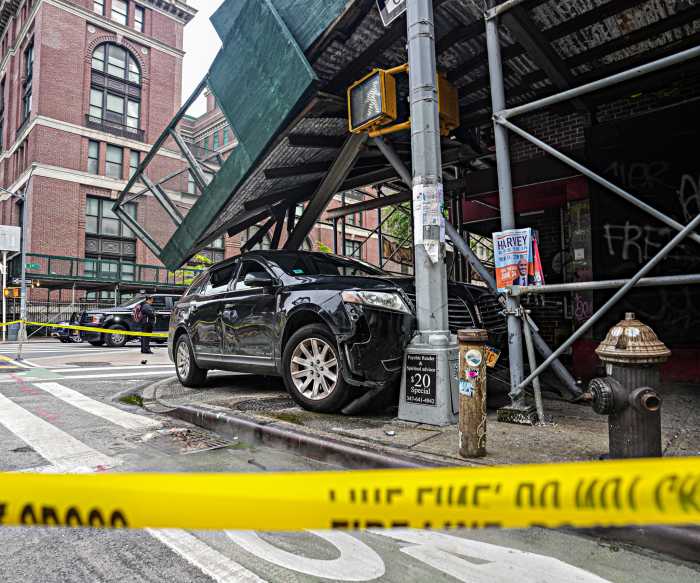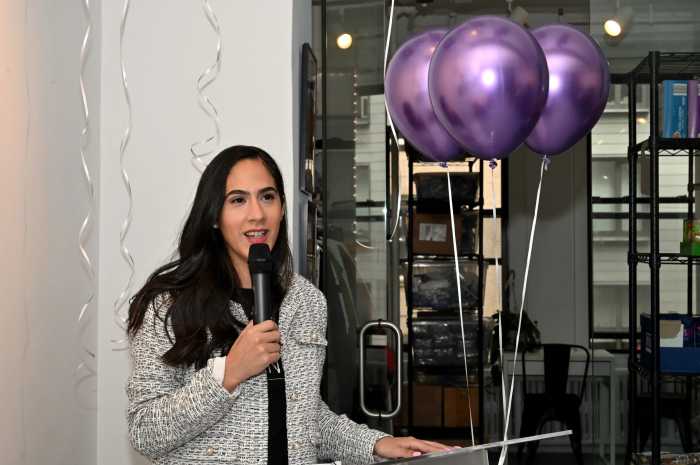By Aaron Davis
A recent study released by the Department of City Planning found that Corona, Jamaica and Far Rockaway qualify as high-needs areas for local grocery stores or supermarkets, linking the absence with lower quality of life and health-related diseases.
The study was initiated at the Mayor's Office's request in response to growing concerns over a supermarket shortage and the ability to buy fresh foods at modest prices being closely related to the onset of diabetes, obesity and lower quality of life for neighborhood residents. DCP worked with the city food policy coordinator, city Economic Development Corporation and city Department of Health on the study.
They found that 3 million New Yorkers live in high-need areas, with Corona, Jamaica and Far Rockaway among those listed. The percentage of fresh food retailers in these areas compared to those without such retailers paints a bleak portrait of what is being served on dinner tables.
In Corona, of 90 food retailers, only 12 percent serve fresh food. In Jamaica, of 210 food retailers, 18 percent serve fresh food. In Far Rockaway, of 54 food retailers, 31 percent serve fresh food, but 69 percent do not.
Some DCP recommendations focus on land constraints and zoning issues.
“We are working with our sister agencies to look at both need and availability,” said Rachaele Raynoff, a DCP spokeswoman. “There are areas where there are regulatory requirements for supermarkets, for instance: parking space when close to transit. As we look at rezoning, we are keeping these in mind.”
The study details that without a supermarket in close residence, “food dollars are likely being spent by residents in high need areas at discount and convenience stores whose line of food products is limited, of poor quality, and generally more expensive than the same products sold at supermarkets.”
Special focus was paid to areas termed “high need areas,” decided by measuring neighborhoods with the highest level of diet-related diseases and largest populations with limited opportunities to purchase fresh foods.
According to the study, introducing supermarkets to a community will increase property value, expand the city tax base and create jobs. They will also attract complementary stores and services and physically revitalize communities.
The DCP is working with the Mayor's Office, EDC, Department of Housing and DOH to find appropriate areas to develop underserved communities.
“We need to analyze whether these are appropriate locations. There are needs for many of these land regulations,” Raynoff said. “It will be a collaborative process. Any changes in zoning have to go through public review. Hopefully there will be fruitful discussion, no pun intended.”
DOH spokeswoman Sarah Markt said 20 percent of Queens residents are obese and 9.5 percent say they have diabetes. With a population of 2.2 million, that makes 440,000 residents obese and 209,000 allegedly diabetic.





































